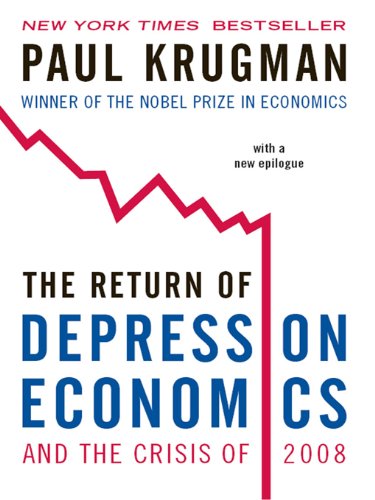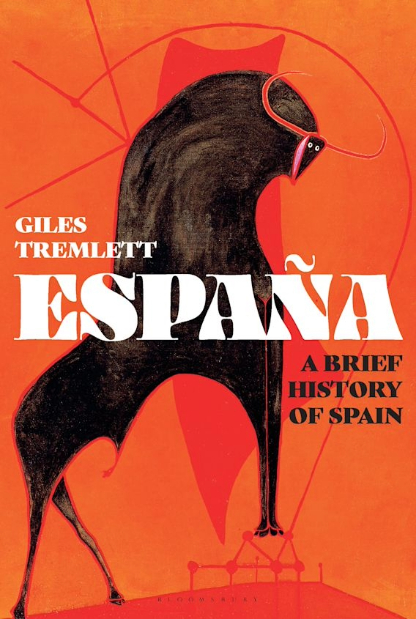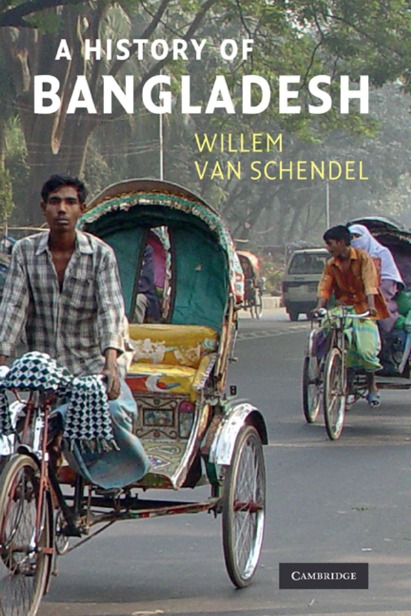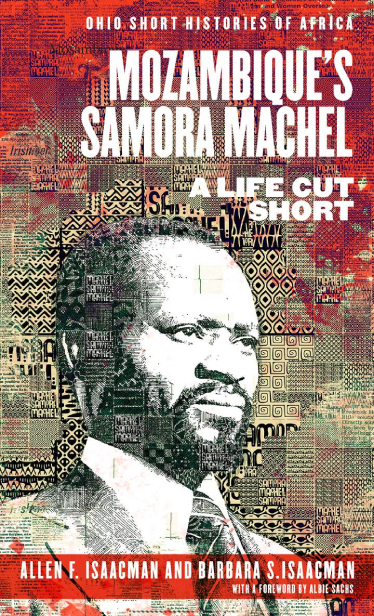Chile’s Free-Market Miracle: A Second Look, Joseph Collins and John Lear, The Institute for Food and Development Policy, 1995, pp. 320, ISBN: 0-935028-63-3
Before Ronald Reagan and Margaret Thatcher popularized free-market structural adjustment in Western countries, and the debt crisis of the 1980s sounded the death knell of the import-substituting industries in developing countries, there was dictator Augusto Pinochet of Chile. After having overthrown the democratically elected Popular Unity government of Dr. Salvador Allende by force in 1973, Pinochet subjected Chile to a thorough free-market overhaul with the help of his ‘Chicago Boys,’ a group of University of Chicago trained free-market zealots. For the duration of his reign between 1973 and 1990, when he officially handed the Presidential sash to Patricio Aylwin, different phases of Chilean economic restructuring were hailed as an economic miracle. A miracle despite the fact that the restructuring dragged the country through two depressions in one decade, one in 1975 and the other in 1982 when Chile’s GDP dropped 14.3% and official unemployment rose to 23.7%. As has been noted previously by Naomi Klein, Paul Krugman, and Paul Stiglitz in their books, articles and commentaries on Chile and Friedman, the miracle was not a miracle at all, for it refers to recoveries from depression caused by the very policies Friedmanites implemented and celebrated. Besides, the growth in GDP during the Pinochet years averaged lower rates than the decades prior. Moreover, those who laud the miracle completely disregard the terror on which it was based and the severe consequences it had on the very social fabric of Chilean society.
Joseph Collins, a co-founder of Oakland-based people’s think-tank Institute for Food and Development Policy, and John Lear, a historian of Latin America now based at the University of Puget Sound, wrote a blistering attack on the idea of Chile’s free-market miracle in 1995. Their research took them to Chile in the late ’80s and early ’90s, where they interviewed those at the receiving end of the ‘miracle.’ The book moves beyond line items on impressive balance sheets, often held as the proof of the miracle by the IMF and World Bank (Bush Senior included). It analyzes the fate of the workers, commons, healthcare, education, housing, and environment to show that the miracle was, in fact, a disaster.
Collins and Lear provide a valuable historical background to the September 11 coup that contextualizes the shock treatment implemented by Chicago Boys and Pinochet. They show that the state played a significant role in pioneering policies designed to provide social services, expand healthcare access and education, and diversify the economy through its development agency CORFO. CORFO, founded in 1939, invested in infrastructure, private and public enterprises and allowed for prosperous decades until the ’50s, when growth ground down to 4% per year. This period of slow growth coincided with the heating up of the Cold War and the revolution in Cuba, which inspired the continent to rise against the yoke of Yankee imperialism and their collaborators to demand their rights. The threat of socialism and the strength of left-leaning parties led to the creation of Kennedy’s Alliance for Progress which sought to implement social reforms to appease disgruntled masses. The Alliance used the guise of social reforms to entrench US interests in the region while imposing a particular kind of development. In 1964, Dr. Salvador Allende ran for Presidency for the second time and was pitted against Christian Democrat Eduardo Frei. As the Congress Committee Report on US actions in Chile between 1963 and 1973, actions by the CIA ensured Frei won.
In addition to the support on the ground, the US ensured it acquired the support of Chilean intellectual elites, which would later guide Chile’s economic development by forming close relations between Catholic University in Chile and universities in the US. Foremost among them was the University in Chicago, where Chilean economists adopted a free-market outlook that viewed economic freedom as the quintessential freedom without which other freedoms are allegedly meaningless. They were led to believe that economic freedom is thwarted by government interference which prevents the free expression of producers and consumers in the marketplace. Although paradoxically, to function properly, the market requires state intervention to enforce private property rights, from which competition stems. Be that as it may, in a market with no interference, prices will find their natural level by being the outcome of the laws of supply and demand, which in turn maximizes efficiency. Any organization, such as a labour union, or another interest group, is viewed as distorting the market and therefore curtailing freedom. The government is viewed as such, and neoliberals of Chicago believed that it ought not to carry out any activity that a lower-level institution could do. For them, the government indeed causes the problem by attempting to interfere in the market, which leads to inflation, their archenemy.
After Pinochet’s coup, these Chicago Boys maneuvered their way into advisory positions and through them steered Chile’s economic development. Collins and Lear distinguish five periods in the economic history of the dictatorship, each setting the stage for the further implementation of free-market reforms. In the immediate aftermath of the coup, from 1973 to 1975, Sergio de Castro of the Chicago Boys, with the help of SOFOFA, the leading private industry lobby in Chile, developed “the brick,” which formed the basis of the Junta’s economic policies and was eventually included in the Constitution of 1980. In it, de Castro, later to be appointed Minister of the Economy, and Jorge Cauas, the superminister in charge of overall economic development as the Minister of Finance, call for opening up Chile’s borders to international trade, removing tariffs that have long protected Chilean industry, removing price controls, addressing fiscal deficits, and privatizing the system of social security, healthcare, education, as well as the state-controlled enterprises. With Pinochet’s guns behind them, the Chicago Boys implemented their shock treatment from 1975 to 1990.
Between 1975 and 1989, Collins and Lear state that the Chicago Boys “sold off government ownership in 160 corporations, 16 banks, and over 3600 agroindustrial plants, mines, and real estate holdings.” As the authors uncover, these assets were sold off at massively discounted prices to single buyers who often had ties to the Junta, allowing them to recuperate their costs within a year. While this allowed the budget deficit to be temporarily reduced, the long-term consequences of losing productive assets to the government were dire. Especially since these publicly owned enterprises “accounted for 25% of government revenues.” These now privately owned corporations were responsible for $4.7 billion in foreign loans, which, when the debt crisis hit, the Chilean government had to repay. In the end, the government had to take back control of some of the privatized assets in the process of rescuing them from bankruptcy. Chicago Boys had effectively privatized profits and socialized costs.
The Boys were able to run roughshod with their ideas because of Pinochet. The Junta killed, disappeared, tortured and exiled all those who dared to speak out against the implemented policies. Nowhere is that more evident than in the new labour regime they devised, which heavily favoured employers at the expense of the workers. Collins and Lear state that “the effects of the free market are observable throughout Chile,” and their research in the country brought them into contact with workers travelling inordinate distances for a potential job and other miseries. Eliminating job security and the possibility for workers to organize, Chicago Boys created an army of unemployed. To further entrench precariousness, the Labor Code of 1979 and the attendant Decree 18.134 made collective bargaining impossible and eliminated the floor for wage negotiations. A new collective contract could therefore result in lower wages than before the bargaining began. The Labour Code created an army of temporary workers with no rights working in unsafe conditions for hours, with no possibility for redress.
Even though the Chicago Boys and the Junta billed their program as that of “modernization,” many of their policies actually reversed gains made by previous Chilean administrations. In healthcare, Chile modelled its health service after Britain’s NHS and created the National Health Service (SNS), which brought together various government coordinated programs under its umbrella. The Popular Unity government wanted to extend healthcare to everyone regardless of their status. During the Pinochet years, the healthcare system was dismantled, and a new two-tier system was introduced. The private option, coordinated through ISAPRES, offered better medical care for those who had enough income to access it. The public system was severely underfunded, backward and unable to cope with the vast majority of the population who needed to access it. As Collins and Lear show, throughout the 1980s, “an average of less than $1 million per year was spent maintaining and building public health facilities.” Those without money simply had no access to healthcare. Moreover, since for-profit healthcare is not oriented to prevention, public health suffered. Collins and Lear show that cases of typhoid fever and Hepatitis A increased dramatically during the years the Junta was in power.
Education and social security were likewise commodified. The dictatorship helped purify educational institutions by cleansing them of any subversive elements and ideas. At the same time, the Chicago Boys developed Decree 3,063 and 3,476, which transferred primary and secondary schools to municipalities and provided a subsidy to private schools for each student enrolled, respectively. Funding for student loans was cut, private educational institutions proliferated, and the education budget was drastically reduced. Like the two-tier healthcare system, education became accessible to those who could afford it. Educational gaps became evident between rich and poor neighbourhoods, which then simply widened and reproduced social inequalities. However, a poor working Chilean participated in the global economy through their obligatory private pension fund. Privatized social security freed employers from contributing to their workers’ retirement, thus increasing their profits, concentrating wealth and making the future more insecure for most Chileans.
Chile’s neoliberal model relied on massive deregulation, which had significant ecological impacts. Entire native forests were cut to be replaced by more profitable species and agricultural plantations to satisfy customers elsewhere while continually destroying the environment and biodiversity. The government generously subsidized these newly privatized forestry corporations headed by people related to the Junta. The unrestricted and deregulated fishing industry depleted fish stocks and allowed a single corporation to control 70% of fishmeal production. As Collins and Lear show, “in 1990 more than 90 percent of Chilean exports were based on the exploitation (and in most cases over-exploitation) of natural resources.” The basis of Chile’s growth was unsustainable exploitation of resources which generated short-term growth, captured by the wealthy few while leaving the vast majority, which previously depended on these natural resources, behind.
Similarly, mining and agriculture led to the contamination of water resources. Water itself was privatized in 1981 with the creation of a new category of private water rights and a market-based allocation system with little government oversight. The Water Code established water rights for consumption and non-consumption, and 77% of the former were owned by the forestry and agricultural sector and 13% by the mining sector, while the latter fell into the hands of private companies. The legacies of these Pinochet-era laws are still seen in Chile, where, in 2018, President Pinera auctioned off 38 rivers.
Collins and Lear’s book continues to be relevant in the age of market triumphalism. The authors show that behind impressive numbers lies a destroyed economy, repression, fear and social chaos. Even the gains which the Junta claimed as their own were predicated on the successful implementation of statist programs of previous administrations. The ‘miracle’ to which many proponents of free-market capitalism refer is, in reality, the case of widening inequalities and environmental destruction. As Collins and Lear successfully show, the ‘miracle’ was a mechanism to reinforce the privilege and power of the few, at the expense of many. Unfortunately, Chileans continue to live the consequences of this dark period in their country’s history.




